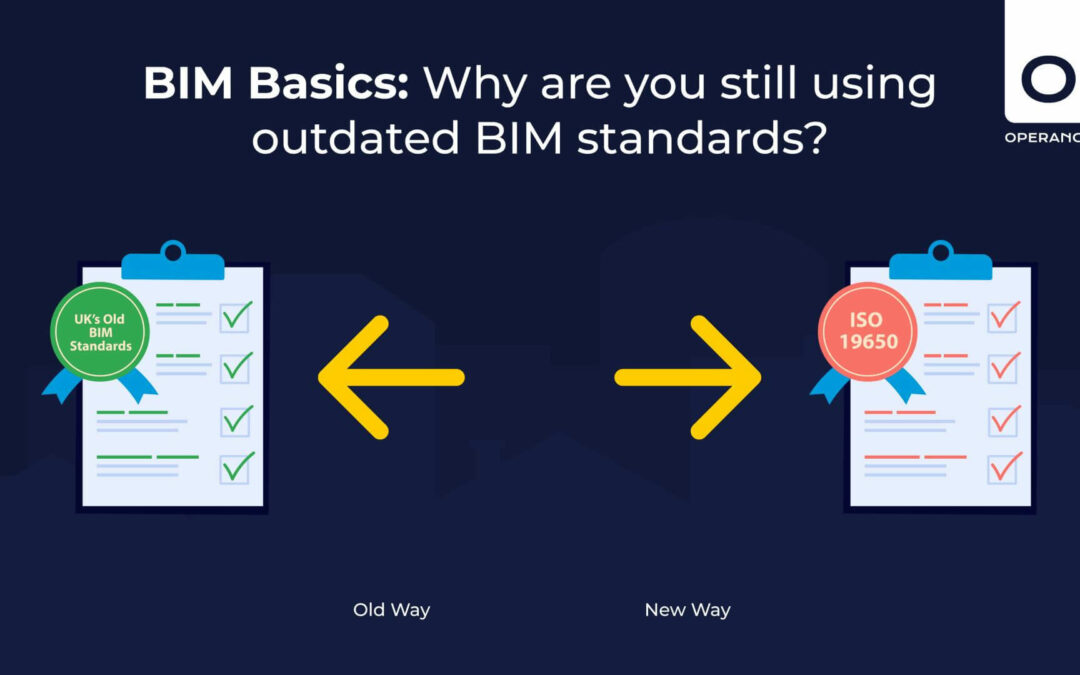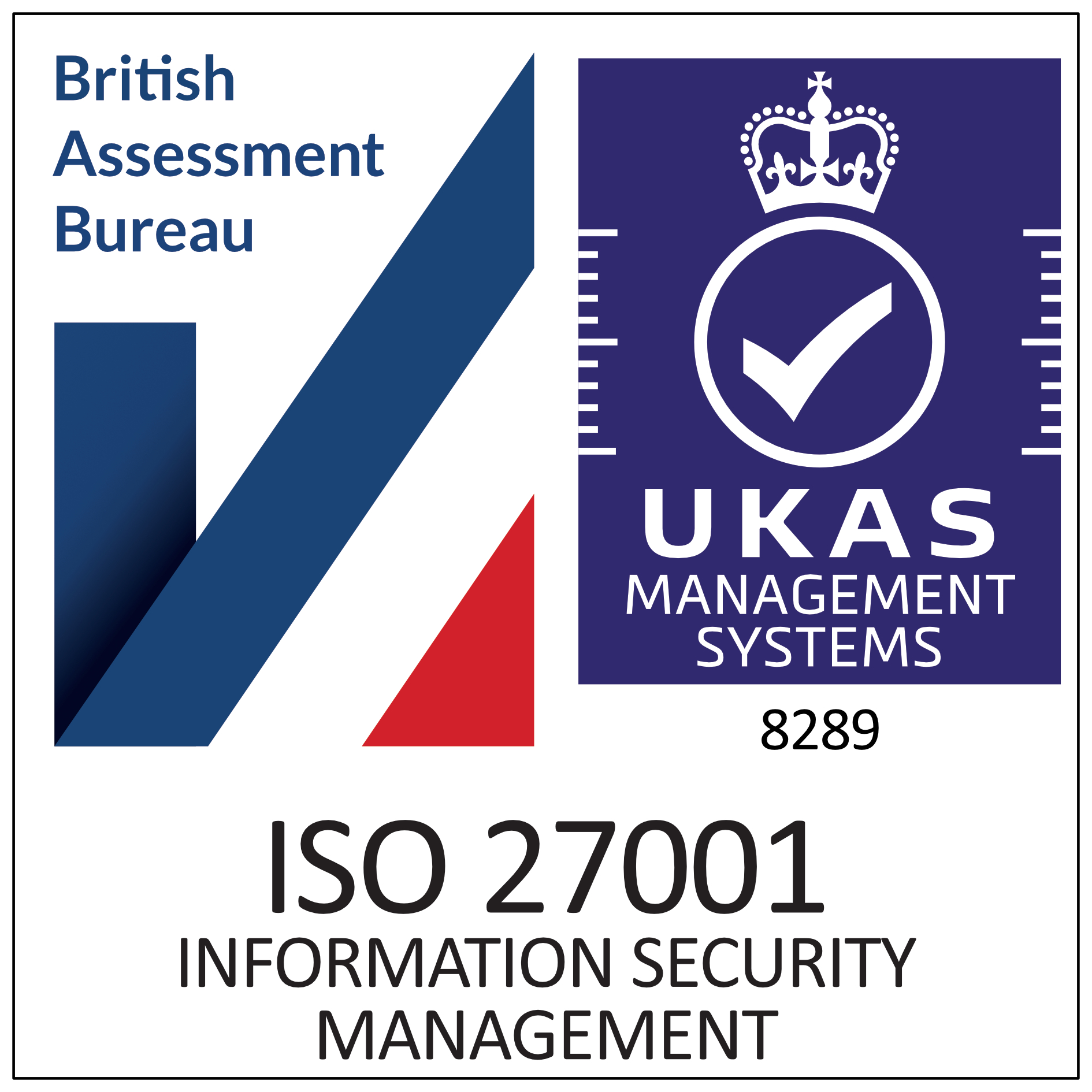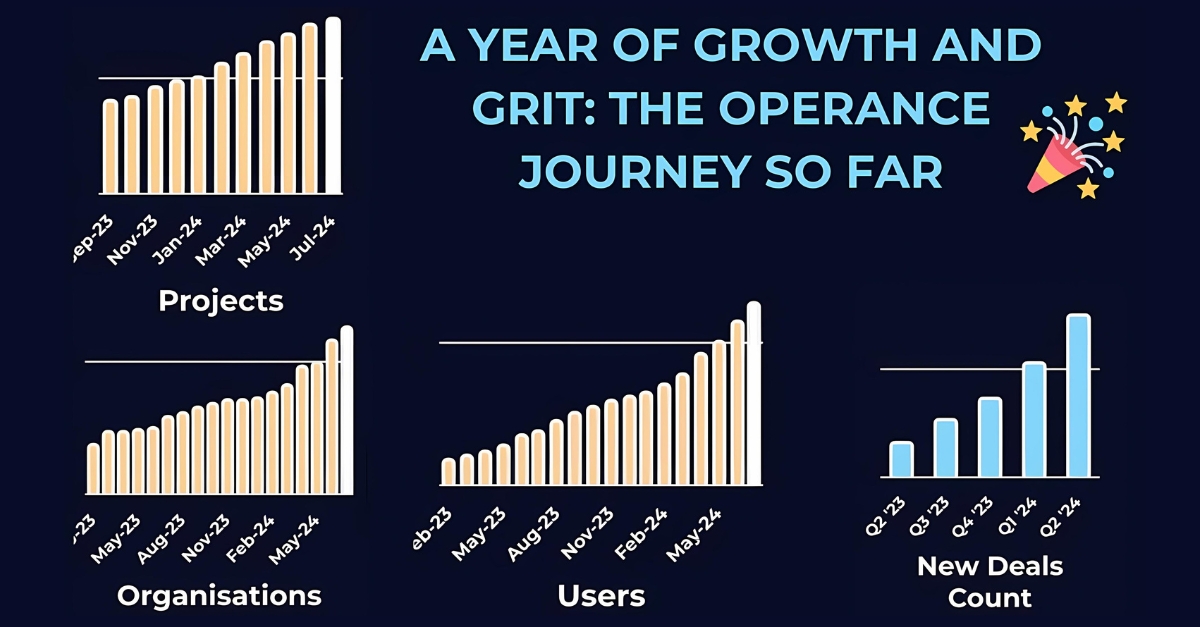BIM Basics: Why are you still using outdated BIM standards
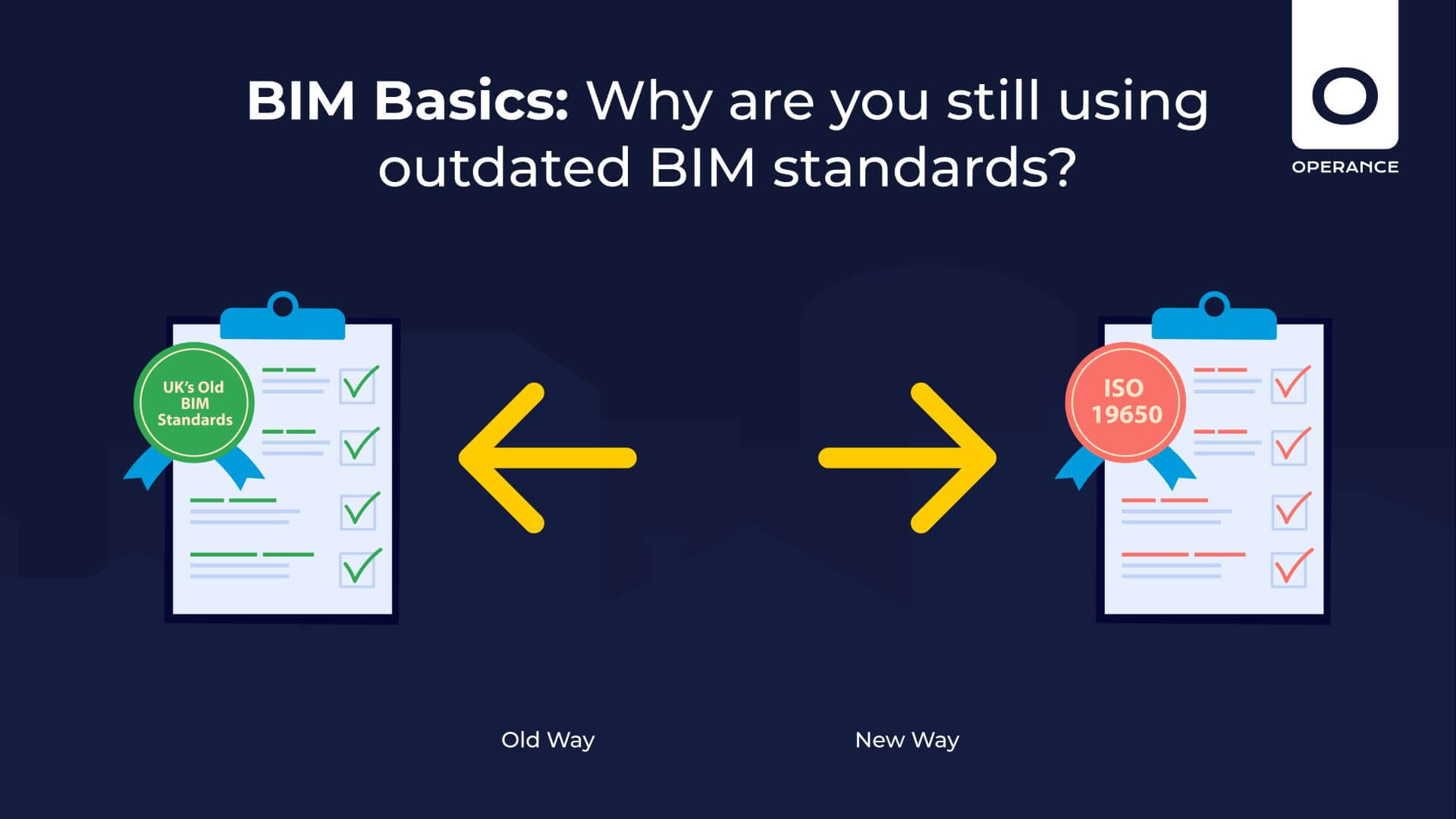
The old UK BIM (Building Information Modelling) standards became obsolete in 2018, yet we still see a lot of the construction industry using out-of-date terminology.
If you’re still talking about BIM “level 1” or “level 2”, you might need bringing up to date on the latest BIM standards.
But, don’t worry, we’re here to break it down for you in the first instalment of our BIM Basics series.
Below, we outline some of the key differences between the old and latest standards, plus link to some resources that will bring your knowledge up to scratch.
But first, what is BIM?
Short for Building Information Modelling, BIM is an information management process.
A common misconception is BIM is all about 3D modelling, but it’s so much more than that.
In fact, our resident BIM expert Dave Peacock often explains it as “Better Information Management”.
It’s about making the right information available to the right person at the right time.
BIM is a process for defining, creating and delivering structured data and documentation. This allows everyone involved in the project access to the right information at the right time.
From 2007, the UK adopted its own BIM standards (BS1192 and PAS1192), but this was replaced by a globally focused set of standards in 2018, known as ISO 19650.
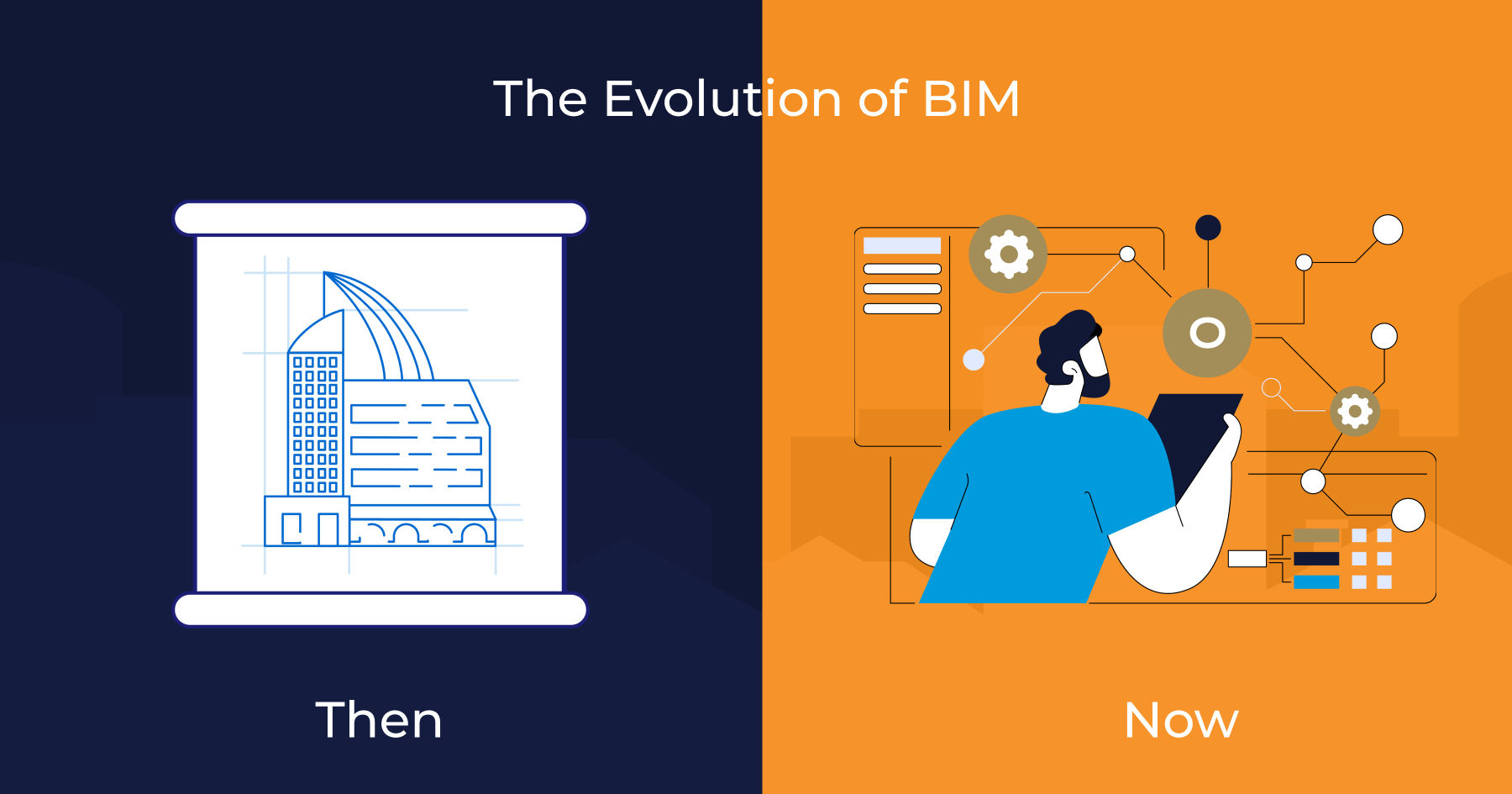
Why did the UK change its BIM standards?
The transition from the old UK BIM standards to the latest ISO standards reflects a shift towards global standardisation and collaboration across borders.
The aim is to have a global framework that can be applied universally across different countries and regions.
- Structure – the structure and format of ISO 19650 are standardised to facilitate this worldwide adoption.
- Interoperability – the aim is to enable seamless information exchange, so the latest standards establish common principles, terminology, and methodologies.
What are the key differences between ISO 19650 and PAS 1192 (BIM Level 2)?
The principles of the latest standards remain similar, but here are some key differences you should know about:
Terminology changes
Levels are now “Stages”. BIM maturity is now determined by stages and BIM level 2 should no longer be used by the industry.
Employers are now “Appointing parties”, while suppliers are now “Appointed parties”.
Roles are now “Functions” to avoid the age-old myth that new job titles and team members are required.
Common Data Environment (CDE) ‘States’ replace ‘Areas’ and ‘Status’ replaces ‘Suitability’.
Volume strategy is now “Federation Strategy and Container Breakdown”.
Clearer instructions and more detail
The latest standards include a clearer step-by-step project information process. And, there is now an explicit requirement to consider risks.
There is also more detail of delivery team documents.
Furthermore, there are two types of responsibility matrixes including ‘Management Activities’ and ‘Information Management Delivery’.
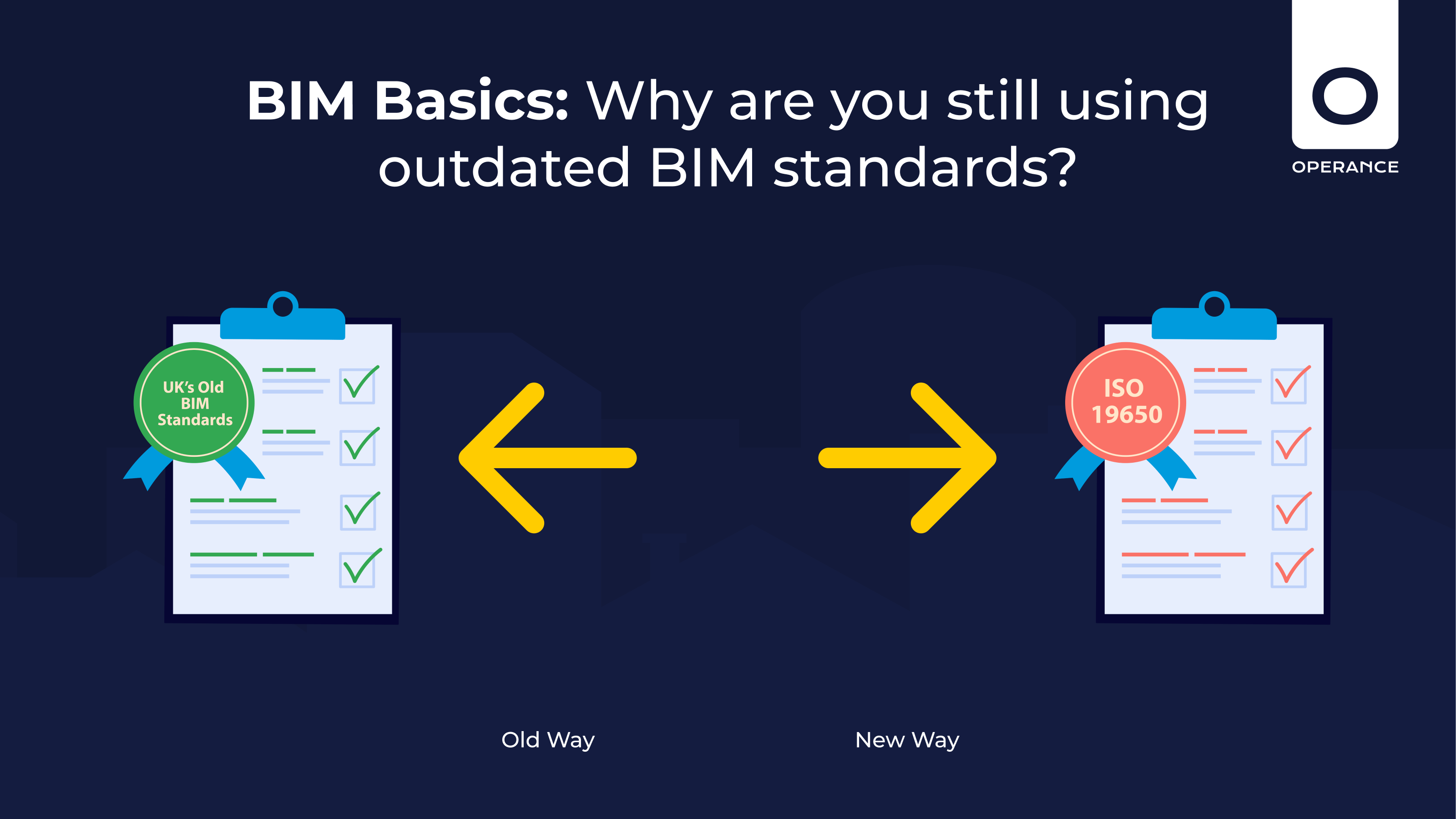
BIM resources:
Here are some additional resources to bring your knowledge up to date on ISO 19650.
If you need further assistance with BIM within your organisation or on a project, then contact our Head of BIM & Digital Services – Dave Peacock
NEWSLETTER
Revolution Is Coming
Subscribe to our newsletter so we can tell you all about it.
You can unsubscribe at any time and we don’t spam you.






